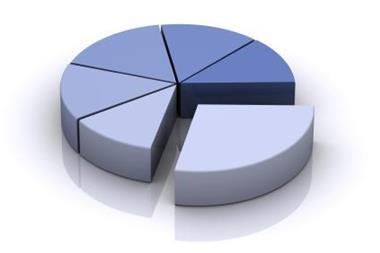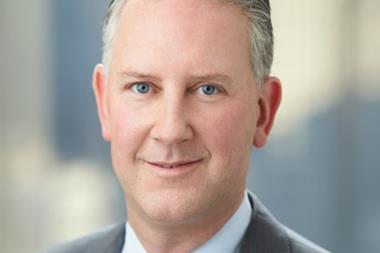The dislocation of renewal and new business premiums can only do the industry harm
For months senior insurance executives have been talking of the need for increased premium rates to counter rising claims costs and declining investment returns. They have been happily talking of the increases that have been – and will be – achieved. It seemed a swift and easy transition to a hard market was on the way. But it hasn’t been that simple.
Brokers have been questioning the extent to which any rate increases have filtered through to the coal face. Senior broking figures have pointed the finger at the disparity between some insurers’ renewal rates and the rates they are offering new business customers.
This two-tier, or dual pricing means that existing customers could facing double-digit rate increases, while new business customers with the same insurer are enjoying rates that could be as much as 10% less. Brokers say this practice is resulting in as much as a 20% difference between the renewal rate and the rate for new business.
Dual pricing is frustrating and potentially harmful. Slashing rates at a time when insurers must increase rates to stem underwriting losses and counter the damage inflicted on investment portfolios by the financial crisis, is counter-productive and damaging.
Moreover, two-tier pricing increases customer churn, as clients move insurers to get the better rate, which increases the administrative costs for insurers and brokers.
Dual pricing is also bad for the industry’s reputation. It does not make the sector look professional when brokers and insurers are explaining to customers that rates are rising, yet some are being cut to win business.
It also demonstrates how frightened insurers are of losing market share as rates rise – despite what is said about being willing to sacrifice volume for profit.
An analysis of commercial lines trading data by Acturis, the software house, shows the impact of the dislocation of renewal and new business premiums on the market’s recovery.
The data shows that dual pricing is particularly marked in the case of property owners’ business, where average premiums fell 9% in the first quarter of 2009, compared with the full year 2008. This was wholly due to a massive fall in new business premiums which offset an increase in renewal rates.
But the same research does show a mixed and evolving picture of dual pricing; indeed it appears that the disparity between renewal and new business rates is narrowing. In the case of package and motor fleet business, average new business rates rose during the first quarter (4% and 5% respectively) compared with the full year 2008, while renewal premiums fell (6% in the case of packages).
For commercial combined, new business rates were up 3% on average in the first quarter of 2009 compared with the previous quarter. Renewal rates fell 1%.
The data suggests that the market is, in fact, bottoming out in commercial combined and motor fleet; although rates for property owners’ business continue to fall.
Of course the data shows only average premium rates and brokers will undoubtedly point to individual insurers that are more aggressive followers of two-tier pricing.
Until insurers abandon dual pricing and properly price risks, both at renewal and for new business, then the road to profitable underwriting and a hard market will be a long one.
Key points
- Some insurers are slashing rates for new business while increasing renewal premiums, so-called dual pricing
- Dual pricing is potentially harmful to the insurance industry, threatening the early onset of a hard market and insurers’ profitability
- It also risks making the insurance industry look unprofessional, by contradicting the message that rates must rise.
- Customer churn will also increase adding to insurers’ and brokers’ administrative costs.
- Dual pricing must be abandoned.
Hosted by comedian and actor Tom Allen, 34 Gold, 23 Silver and 22 Bronze awards were handed out across an amazing 34 categories recognising brilliance and innovation right across the breadth of UK general insurance.












































